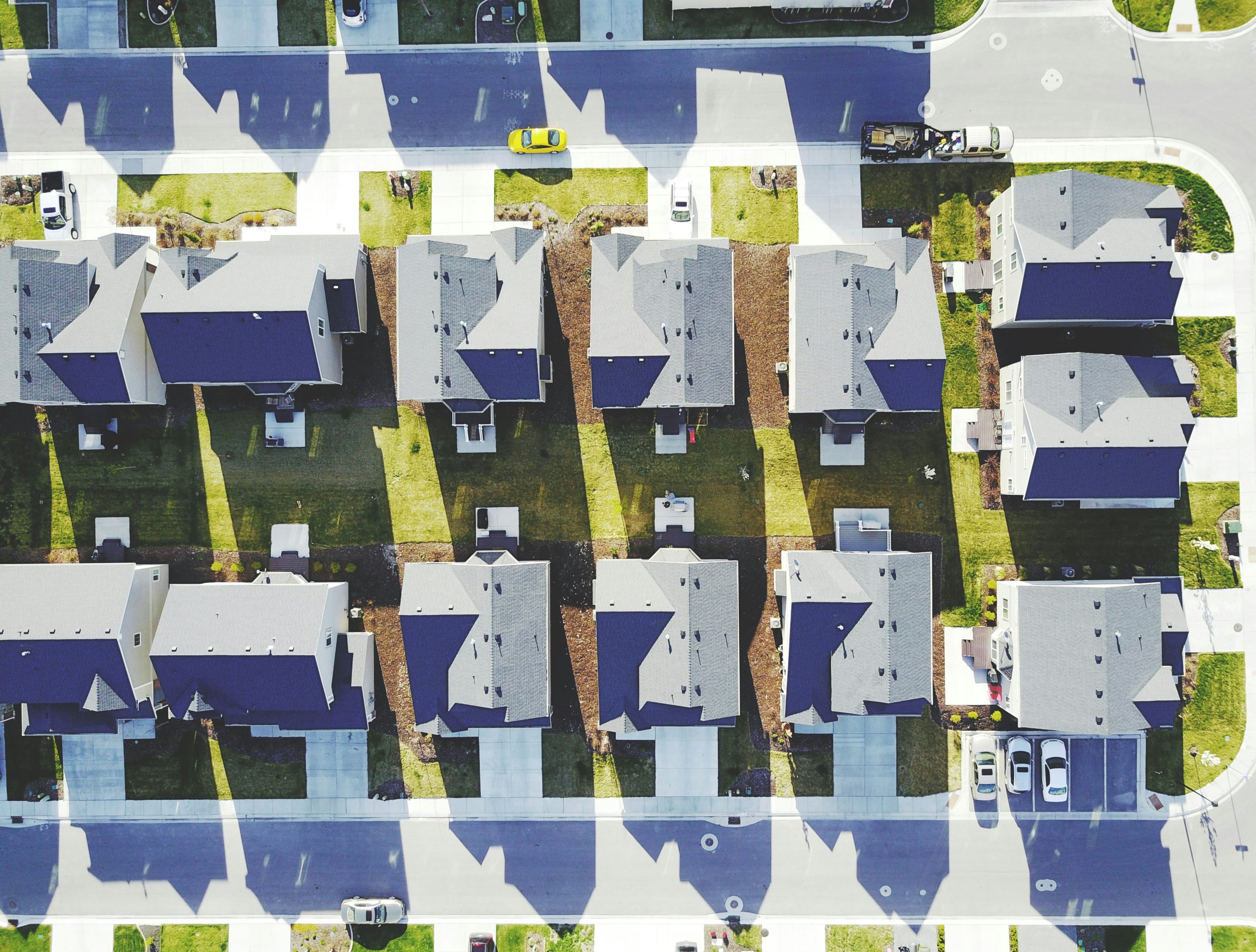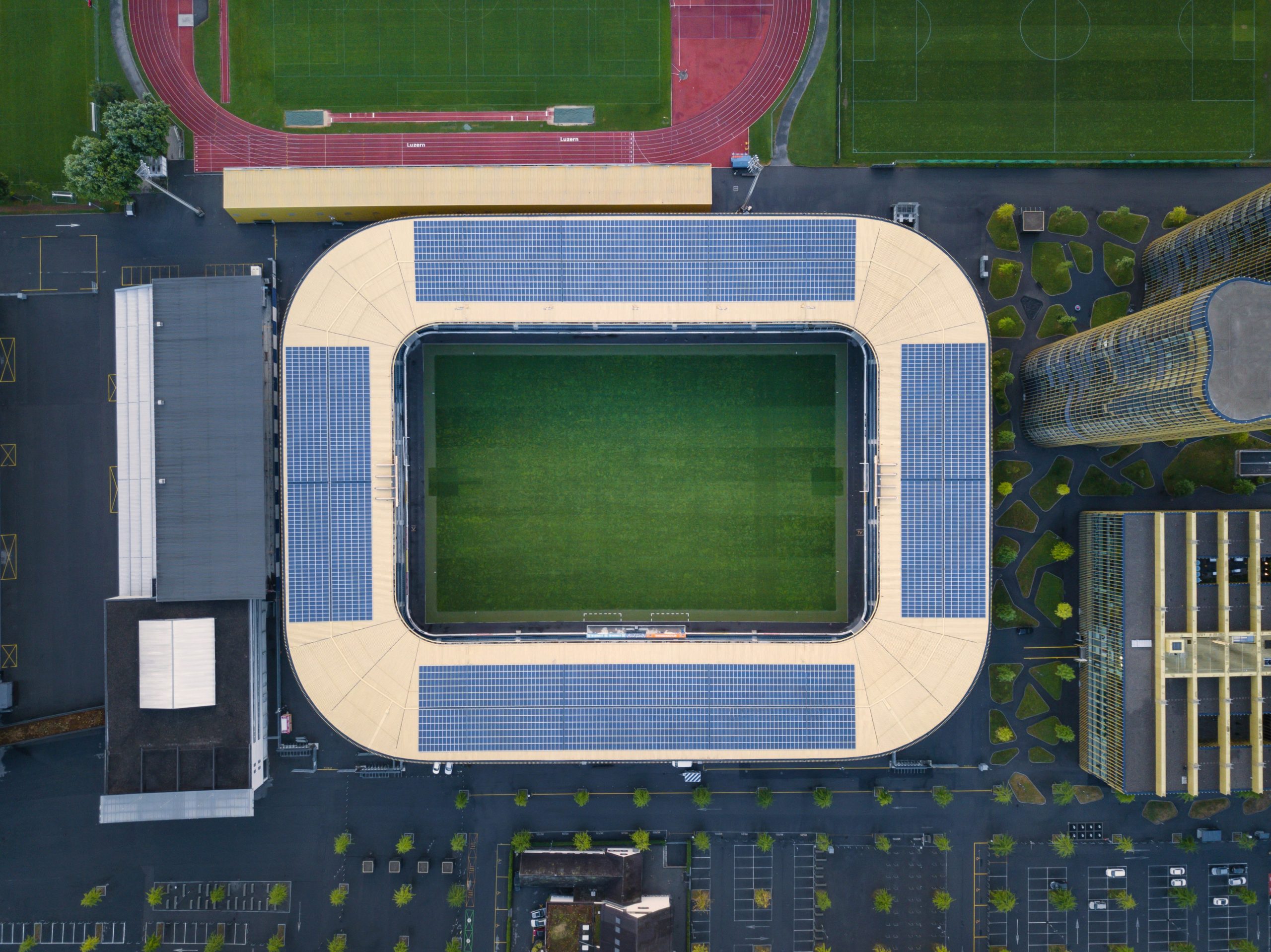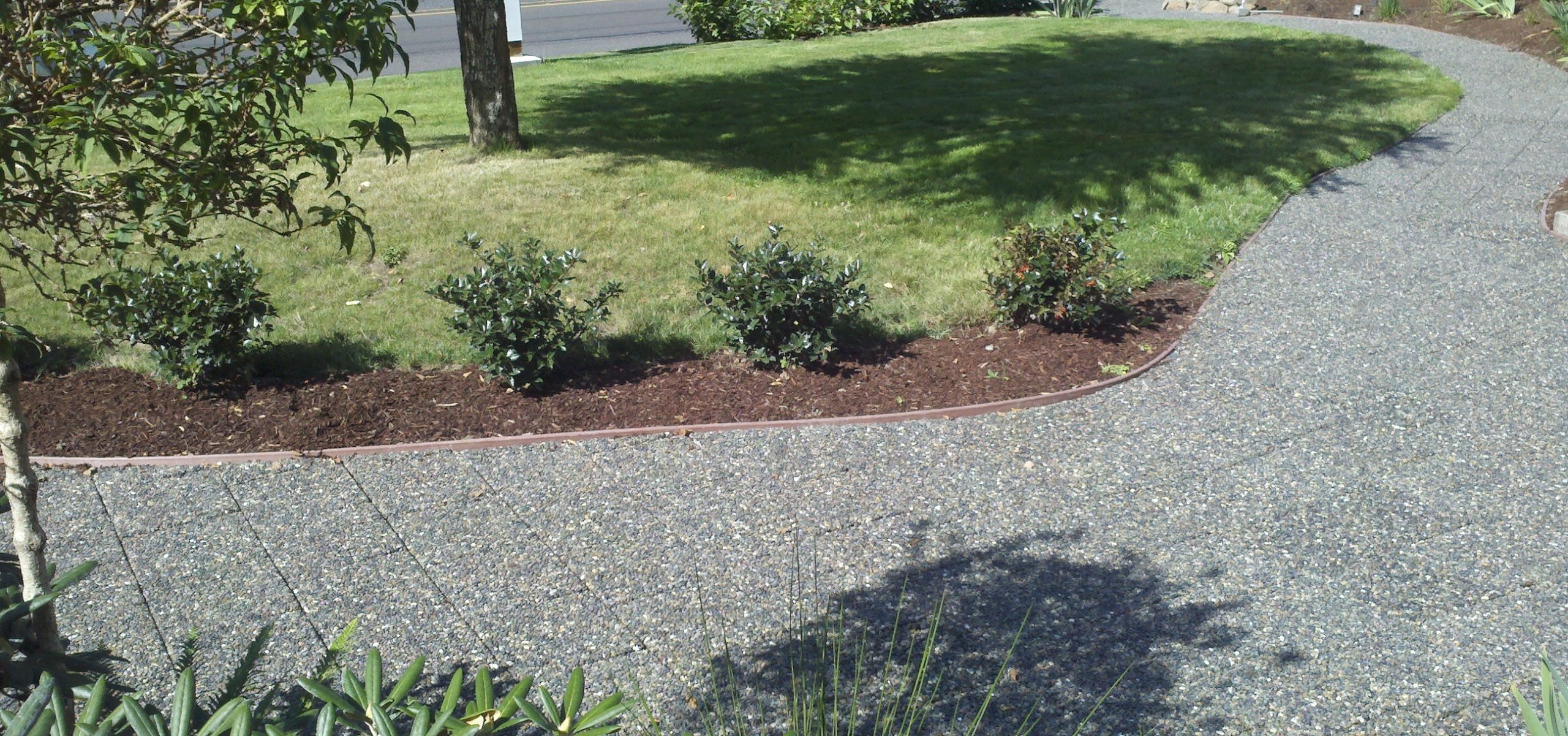In the face of environmental challenges, revegetation landscaping emerges as a beacon of hope. It’s a practice that breathes life back into degraded lands, restoring their ecological value.
Revegetation landscaping is more than just planting trees. It’s about fostering landscape ecology, creating habitats, and enhancing biodiversity. It’s a tool for healing the Earth, one plot at a time.
This article delves into the myriad benefits of revegetation landscaping for ecosystems. From soil stabilization to carbon sequestration, the advantages are far-reaching and profound.

We’ll explore how this practice supports pollinators, improves water conservation, and even boosts property values. It’s a journey into the heart of sustainable development and green infrastructure.
Whether you’re an environmental enthusiast, a landscape architect, or simply curious, this article offers insights into the transformative power of revegetation landscaping. Join us as we uncover the ecological wonders of this practice.
Understanding Revegetation Landscaping
Revegetation landscaping is a strategic process aimed at restoring degraded lands. It involves the planting of vegetation, often native species, to rehabilitate areas affected by disturbances such as deforestation, mining, or natural disasters.
This practice is not merely about covering bare ground with greenery. It’s a meticulous process that considers the local ecology, climate, and soil conditions. The goal is to create a self-sustaining ecosystem that can thrive and evolve over time, contributing to the overall health of our planet.
The Role of Revegetation in Landscape Ecology
Revegetation plays a pivotal role in landscape ecology, a field that studies the interaction between spatial patterns and ecological processes. By restoring vegetation, we can improve habitat quality and connectivity, fostering a more diverse and resilient ecosystem.
Moreover, revegetation can help to restore ecological functions that may have been lost due to land degradation. These functions include nutrient cycling, water filtration, and pest regulation, all of which are crucial for maintaining the balance of our ecosystems.
Habitat Creation through Revegetation
Revegetation landscaping is a powerful tool for habitat creation. By planting native species, we can provide homes for a variety of plant and animal species, many of which may be threatened by habitat loss.
Moreover, these newly created habitats can serve as stepping stones or corridors for wildlife, facilitating their movement across fragmented landscapes. This can enhance genetic exchange among populations, contributing to their long-term survival and resilience.
Enhancing Biodiversity with Native Species
Revegetation landscaping can significantly enhance biodiversity. By introducing native species that are well-adapted to local conditions, we can create a rich and diverse ecosystem that supports a wide range of flora and fauna.
Furthermore, these native species can outcompete invasive species, reducing their impact on the ecosystem. This can help maintain the balance of the ecosystem and preserve its unique characteristics.
Soil Stabilization and Erosion Control
One of the key benefits of revegetation landscaping is soil stabilization. By planting vegetation, we can prevent soil erosion and nutrient loss, which are common issues in degraded lands. This not only improves the health of the soil but also enhances the overall quality of the landscape.
Moreover, revegetation can also control erosion by creating a protective layer over the soil. This layer can absorb the impact of raindrops, reducing the speed of water runoff and preventing the washing away of the topsoil. This is particularly beneficial in areas prone to heavy rains and floods.
Carbon Sequestration and Climate Change Mitigation
Revegetation landscaping plays a significant role in carbon sequestration. Plants absorb carbon dioxide, a major greenhouse gas, from the atmosphere during photosynthesis. This process helps in reducing the overall carbon levels in the atmosphere, thereby contributing to climate change mitigation.
Moreover, healthy ecosystems with diverse plant life can store more carbon than degraded ones. By restoring these ecosystems through revegetation, we can enhance their capacity to sequester carbon. This not only helps in combating global warming but also improves the overall health of our planet.
Water Conservation and Quality Improvement
Revegetation landscaping can significantly contribute to water conservation. Vegetation reduces water runoff by absorbing rainfall, thereby facilitating groundwater recharge. This process helps in maintaining the water balance in the ecosystem, especially in areas prone to drought.
In addition to conserving water, revegetation also improves water quality. Plants act as natural filters, trapping sediments and pollutants before they reach water bodies. This process helps in maintaining the health of aquatic ecosystems and ensuring the availability of clean water for various uses.
Supporting Pollinators and Other Wildlife
Revegetation landscaping plays a crucial role in supporting pollinators and other wildlife. By planting a variety of native species, it provides food and shelter for a diverse range of organisms. This includes pollinators like bees and butterflies, which are essential for plant reproduction and biodiversity.
Moreover, revegetation can establish wildlife corridors. These corridors facilitate species movement and genetic exchange, enhancing the resilience of wildlife populations. They also contribute to habitat creation, providing homes for various plant and animal species.
The Aesthetic and Economic Value of Green Spaces
Revegetation landscaping not only benefits the environment but also enhances the aesthetic appeal of urban and rural landscapes. The introduction of green spaces can transform concrete jungles into serene and relaxing environments. This can improve mental health and overall quality of life for residents.
In addition to aesthetic benefits, revegetation can also contribute to economic development. Green spaces can increase property values and attract tourism, providing a boost to local economies. Furthermore, the practice can be a source of local employment and skill development, fostering sustainable economic growth.
Community Engagement and Education
Revegetation landscaping can serve as a platform for community engagement and education. It encourages community involvement and stewardship of natural resources. Furthermore, it can be a tool for environmental education, demonstrating ecological principles in action and fostering a sense of responsibility towards the environment.
Conclusion: The Future of Revegetation Landscaping
Revegetation landscaping is more than just a method of restoring degraded land. It is a proactive approach to natural resource management, anticipating and mitigating environmental issues. With the increasing threats of climate change and biodiversity loss, the importance of revegetation landscaping cannot be overstated.
Looking ahead, revegetation landscaping will continue to play a crucial role in sustainable development. It will be a key strategy in climate change mitigation, biodiversity conservation, and urban greening. As we strive for a more sustainable future, revegetation landscaping will be at the forefront of our efforts.









Leave a Reply
You must be logged in to post a comment.